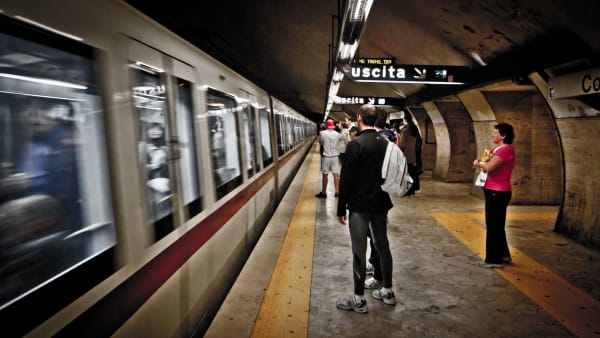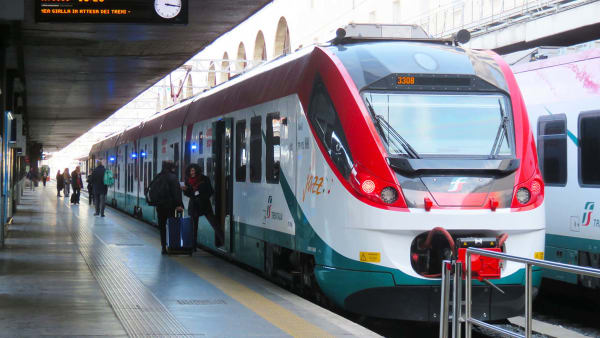Nearby places of interest
Nearby places of interest
The Colosseum is surrounded by other attractions. Here’s a list of sights you might want to visit while you’re in the area.
Arch of Constantine
Among the three Arches of Triumph that still exist in Rome, this is the best-preserved one. The striking monument was built in the early fourth century to commemorate the victory of Constantine I at the Battle of Milvian Bridge in 312 AD.
It’s the last great monument of Imperial Rome and was inaugurated on the 10th anniversary of Constantine’s reign. It’s an imposing 21 meters high and 25.6 m wide and stood on Rome’s triumphal route.
The Arch of Constantine is right next to the Colosseum (a 2-minute walk).
Domus Aurea
The remains of the great palace that Emperor Nero ordered to be built in 64 AD can be visited in a virtual reality experience tour .
The virtual reality glasses allow you to explore Nero’s extravagant residence in all its glory and get an idea of what it would have looked like at the time.
The entrance to the Domus Aurea is about 300 meters northeast of the Colosseum (a 5-minute walk).
Basilica of San Clemente
This intriguing building complex is a Roman Catholic church dedicated to Pope Clement I. The first tier was built in the fourth century, making it one of the oldest Christian churches in Rome.
Over the centuries, three successive floors have been built over it, of which the top three can be visited. During a visit, you can admire (among other things) the underground temple of the Persian sun-god Mithras and numerous medieval frescoes.
The Basilica of San Clemente is located about 350 meters from the Colosseum. (a 5-minute walk).
Ludus Magnus
The Ludus Magnus was the largest of the four ludi (gladiatorial schools) known from ancient Rome. The rectangular building complex was commissioned by Emperor Domitian (81-96) and completed by Hadrian (117-138).
The building was located in the valley between the Caelius and the Esquiline, east of the Colosseum—to which it was connected by a subterranean passage.
The Ludus Magnus is located across the street from the east side of the Colosseum (a 5-minute walk).
Forum Romanum
This was the epicenter of social, political, religious, and cultural life in ancient Rome. It was also the heart of the empire and the ruins found here are surprisingly interesting.
No trip to the Eternal City would be complete without a visit to this majestic complex. It’s a must-see site and access is included in the Colosseum entry ticket .
The entrance to the Roman Forum is 550 meters west of the Colosseum (a 7-minute walk).
Palatine Hill
The Palatine is one of the seven hills of Rome and the first that was inhabited. Since the imperial period, it was the hill where the emperors built their palaces.
Here you can visit, among others, the remains of the residences of the House of Augustus, the Domus Tiberiana, the House of Livia, the Domus Aurea, the Farnesian Gardens, the Domus Transitoria, and the Hut of Romulus.
The entrance to the Palatine Hill is 500 meters south of the Colosseum (a 7-minute walk).
Circus Maximus
Considered to be the largest sports stadium built by man, this archaeological area was the site of legendary entertainment activities for nearly a thousand years.
Most of the building is underground and there’s not much left to see above ground. However, through a virtual reality tour , you can discover what the circus used to look like. It’s definitely worth a visit.
The entrance to the Circus Maximus is located 700 meters south of the Colosseum (an 8-minute walk).















